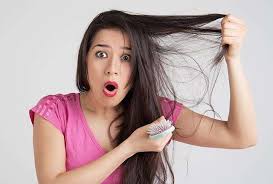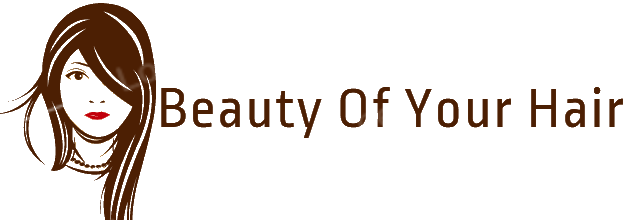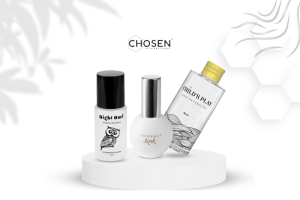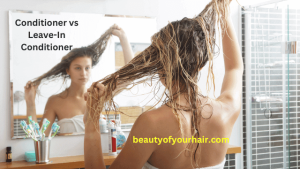Everything you should (and can) do at home to stop hair loss

Autumn and spring are times when we can notice that our hair falls out more than usual. But, in addition to seasonality, stress and poor diet can play an important role in our hair health. Luckily, we know the habits that can help you solve this problem.
Hair loss is a natural process that helps our hair grow healthy and strong. Every day, we lose an average of between 50 and 80 hairs, which have an average life of between two and seven years. Thus, good hair health guarantees that all hair that falls out is replaced by new hair that grows in successive cycles which depend on each of our hair follicles. In other words, each follicle has a different life cycle and, for this reason, not all hair grows at the same rate. But what are the phases of hair growth?
Anagen, catagen and telogen phase
Table of Contents
The phase in which the hair begins to grow is called the anagen phase and lasts between one and four years during which the hair grows at a rate of approximately 1 cm per month. In this stage, the hair bulb, which is located at the base of the follicle connected to the hair matrix, generates new hair.
During the two or three subsequent weeks the transition phase that gives rise to adult hair takes place and is known as the catagen phase . At this stage hair production ends, so that the hair follicle retracts and the hair stops growing. Once this stage is overcome, the telogen phase begins, also known as the resting phase and that precedes hair loss. It lasts for approximately three months during which the hair maintains its length but, nevertheless, falls when we wash or brush it.
But hair loss does not only depend on the life cycles of the follicles. Also influenced by factors such as seasonal changes, stress, heredity -the main cause of androgenetic alopecia, more common in men – the hormonal changes – caused, for example, pregnancy and menopausia- or poor diet–More specifically, the lack of iron, manganese, proteins or vitamins A, B and C, among others. Therefore, if you experience excessive hair loss and want to look healthy and strong hair again, we advise you to apply the habits and advice that we suggest below.

Is it possible to stop hair loss?
Although some types of alopecia are related to our hormonal levels and our generic heritage, the Dermatological Medical Institute ( IMD ) warns that, by following certain habits and recommendations, it is possible to combat excessive hair loss.
1. Wash the hair according to your needs
In order not to saturate the hair and oxidize the hair fibers, it is essential that we wash it according to our needs. Thus, those who are exposed to daily dirt or sweat should wash it every day, while in cases where this is not the case, the ideal is to leave a day off between washes.
2. A massage that stimulates circulation
During the wash, try to apply the shampoo and conditioner first to your hands, so that the distribution is more equitable in all the areas of the scalp. When you do, apply it with a slow, gentle massage by drawing circles with your fingertips . By doing this, you nourish hair follicles, allowing hair to grow shiny, strong, and elastic.
3. Flee from too high temperatures
IMD advises that washing and rinsing of the hair be carried out with lukewarm water, since too high temperatures stimulate sebum production and cold temperatures hinder the blood circulation of the scalp .
4. The ideal drying
With drying something similar happens, and that is that you should also avoid applying too hot air to your hair. Start by removing excess moisture with a towel , but without rubbing. Then, if you use a dryer, do so at a safe distance of around 30 centimeters. Meanwhile, move your hair slowly with your hands, so that the air does not concentrate in one area for too long .
In addition to following these recommendations for washing and hair care, it is important that your diet is rich in vitamins, proteins and minerals such as iron, zinc or manganese. And is that meeting the demand for these nutrients is essential for the follicles to receive food and thus be able to generate healthy and strong hair.







